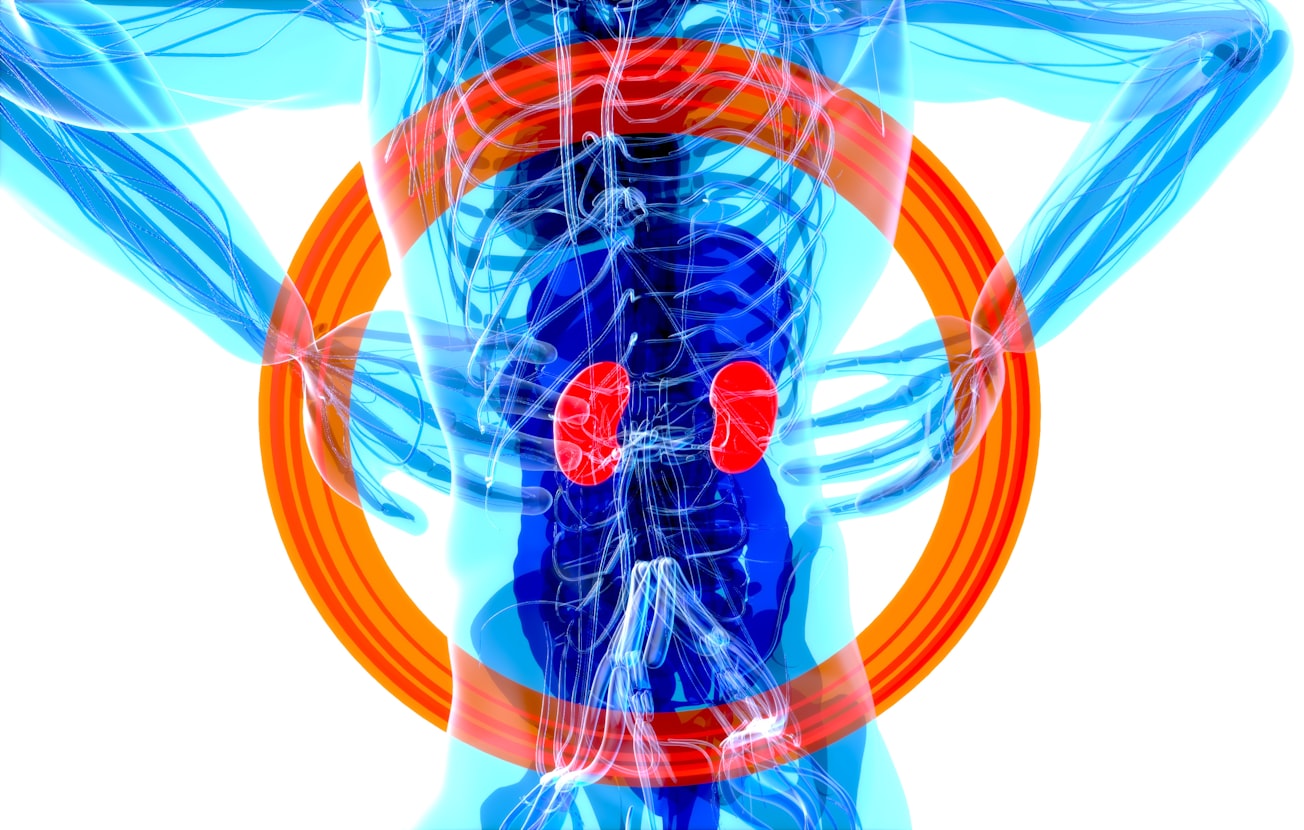What is it about?
This passage is a summary of a research study conducted on hypertensive patients. The study examined the relationship between renal acceleration index (Avi), arterial hemodynamics, and left ventricular performance in untreated hypertensive individuals. The findings suggest that renal Avi is associated with arterial stiffness and is a sensitive indicator of subtle changes in left ventricular performance, particularly in relation to ventriculoarterial coupling (VAC). The study highlights the potential clinical significance of renal Avi in detecting arterial hemodynamics and its potential as a guide for hypertensive-induced cardiac diseases. Further research is needed to explore its usefulness in other disease states and understand the underlying mechanisms between the heart and renal circulation.
Featured Image

Photo by julien Tromeur on Unsplash
Why is it important?
This research study is important because it explores the relationship between renal acceleration index (Avi), arterial hemodynamics, and left ventricular performance in hypertensive patients. Understanding these relationships can provide valuable insights into the cardiovascular health of hypertensive individuals and potentially guide clinical management strategies. The study suggests that renal Avi may serve as a sensitive marker for detecting arterial changes and suboptimal left ventricular performance. This information can help healthcare professionals in assessing the cardiovascular risk and monitoring the progression of hypertensive-induced cardiac diseases. Additionally, further research in this area can contribute to a better understanding of the interplay between the heart and renal circulation, leading to improved diagnostic and therapeutic approaches.
Read the Original
This page is a summary of: The Relationship of Renal Augmented Velocity Index With Ventricular–Arterial Coupling in Comparison to Renal Resistive Index, Journal of Ultrasound in Medicine, June 2023, Wiley,
DOI: 10.1002/jum.16285.
You can read the full text:
Contributors
The following have contributed to this page







